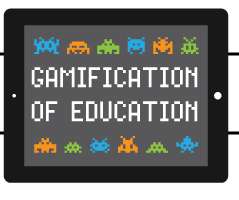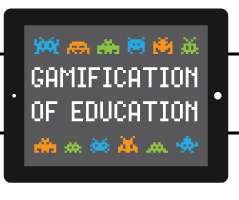Ed Tech Vocab: Keeping Up with Trends in Education
eSpark
APRIL 7, 2022
Think of it as a cheat sheet to help you learn all you need to know about technology in the classroom! Blended learning combines traditional, in-person learning with digital learning, so that students can experience both forms. Keep reading to discover the meaning of some of the most common trends in Edtech.















Let's personalize your content